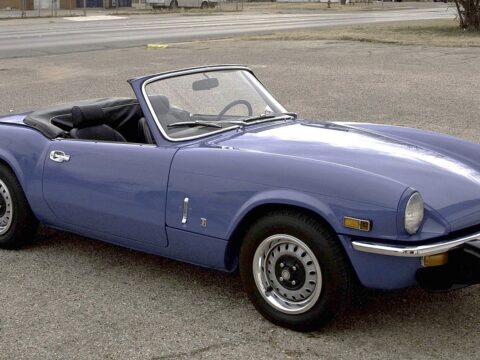In the early 20th century, during a time of global conflict and social change, the automobile revolution began, reshaping human mobility and society. The 1910s were marked by innovation in the automotive industry, leading to the creation of legendary vehicles like the mass-produced Ford Model T and the luxurious Rolls-Royce Silver Ghost. This article takes a journey back to the 1910s to explore these iconic cars that set the stage for the future of transportation.
Contents
1910 Ford Model T

The Model T revolutionized transportation and society in America. The first mass-produced vehicle, the Model T was affordable, reliable, and easy to repair. It featured a 20-horsepower, 2.9L inline four-cylinder engine, and a two-speed planetary gear transmission. Over 15 million Model Ts were sold between 1908 and 1927, a testament to its immense popularity.
Chevrolet Series C Classic Six (1911-1914)
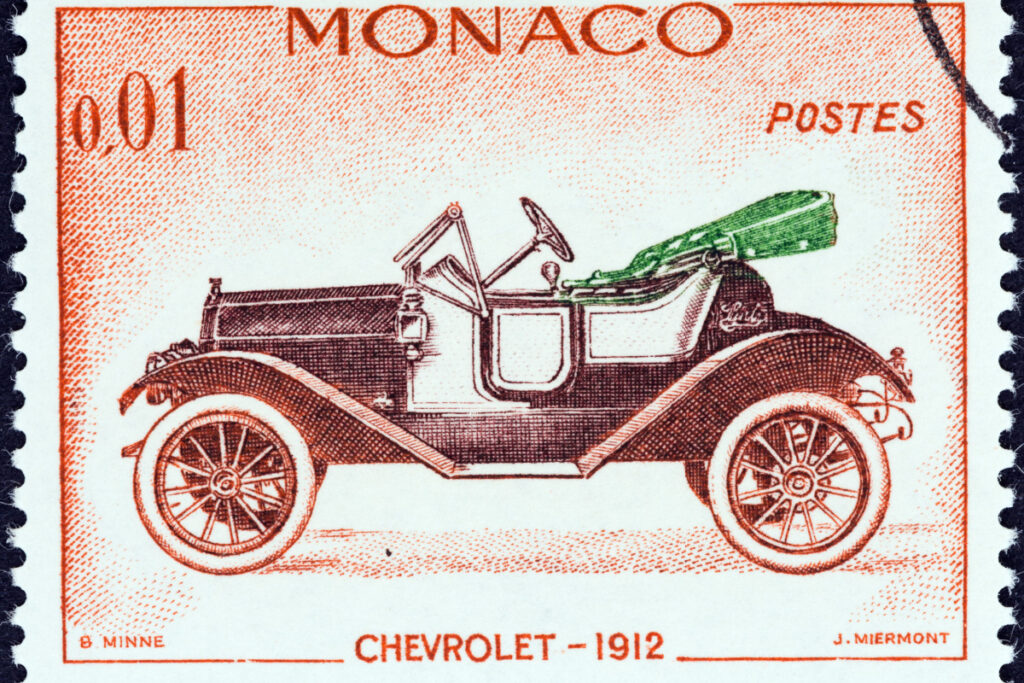
The Series C Classic Six was Chevrolet’s first car and showcased the potential of the fledgling automaker. It had a powerful 40-horsepower six-cylinder engine that was quite impressive for its time. Despite initial struggles, Chevrolet eventually became a significant player in the automotive industry.
1913 Rolls-Royce Silver Ghost
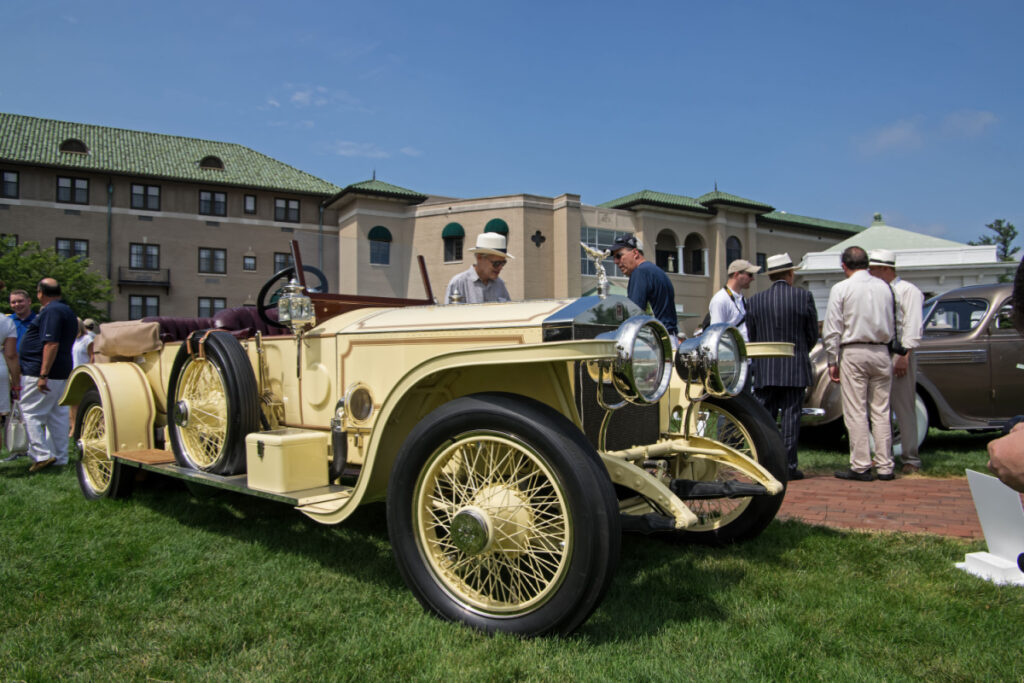
The Silver Ghost, produced from 1907 to 1926, was the car that established Rolls-Royce’s reputation as the best car in the world. Its 7.0L six-cylinder engine was incredibly smooth and silent. The car was named the Silver Ghost because of its quiet operation and silver coachwork.
Cadillac Model Thirty (1909-1911)

The Model 30 was known for its luxurious and innovative features, including electric lighting and an electric self-starter, which were firsts in the automobile industry. The car was powered by a 40-horsepower, 4.4L four-cylinder engine.
1913 Mercer Type 35 Raceabout
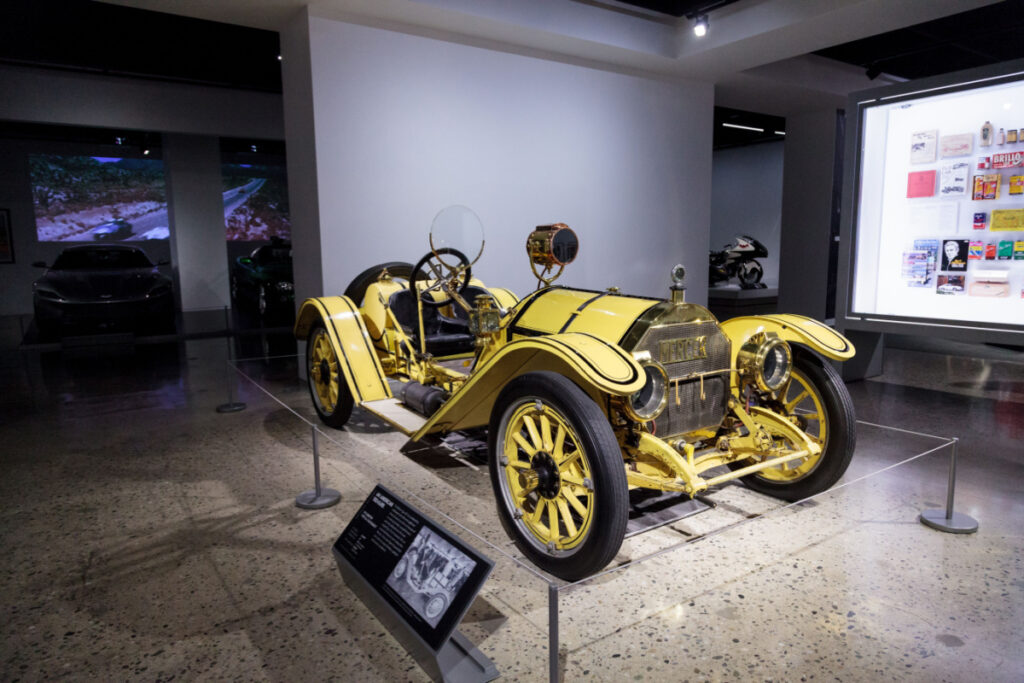
The Mercer Raceabout, considered one of the first sports cars, was both a road and track car. It was powered by a 293 cubic inch (4.8-liter), four-cylinder engine that produced about 55 horsepower, achieving speeds of up to 90 mph – quite fast for the era.
Dodge Model 30-35 Touring (1914-1916)
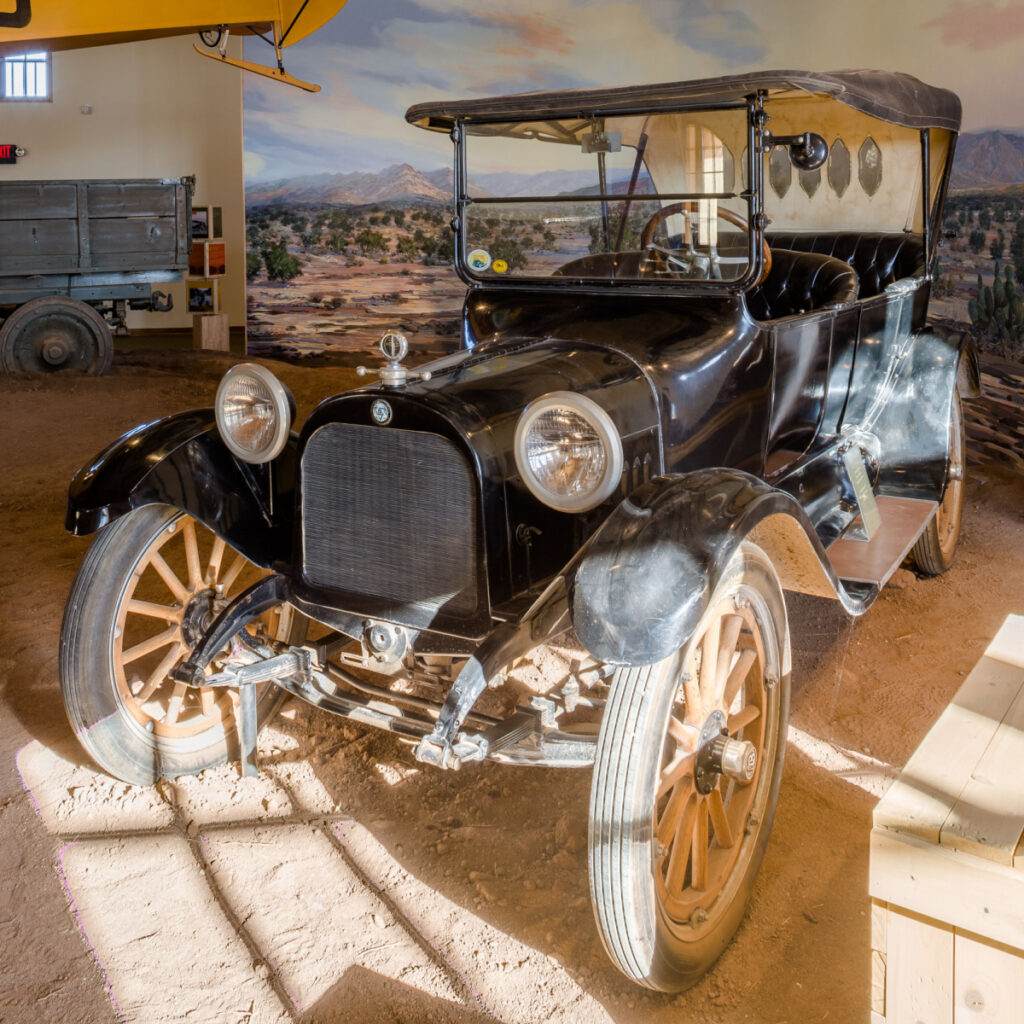
This car was the first model to be produced under the Dodge name. Known for its durability and quality, it introduced all-steel body construction and 12-volt electrical systems, making it a standout in the market.
1914 Rolls-Royce Alpine Eagle

The Alpine Eagle was a test of endurance and reliability. It had a 75 horsepower engine, making it quite a powerful car at the time. The Alpine Eagle’s claim to fame was its triumphant performance in the Austrian Alpine Trials, making it a popular choice among buyers.
1916 Packard Twin Six
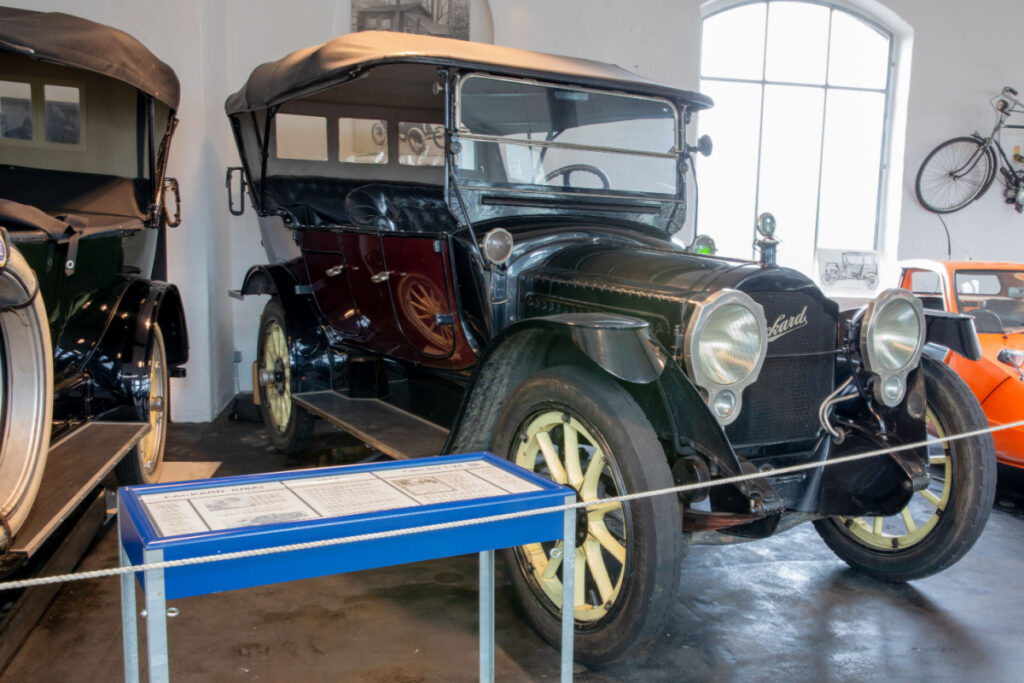
The Twin Six, the first production V12 engine car, set the standard for smoothness and power. It had a 7.0-liter engine that produced 85 horsepower, an impressive output that made it popular among buyers looking for high-end luxury cars.
1919 Stutz Bearcat
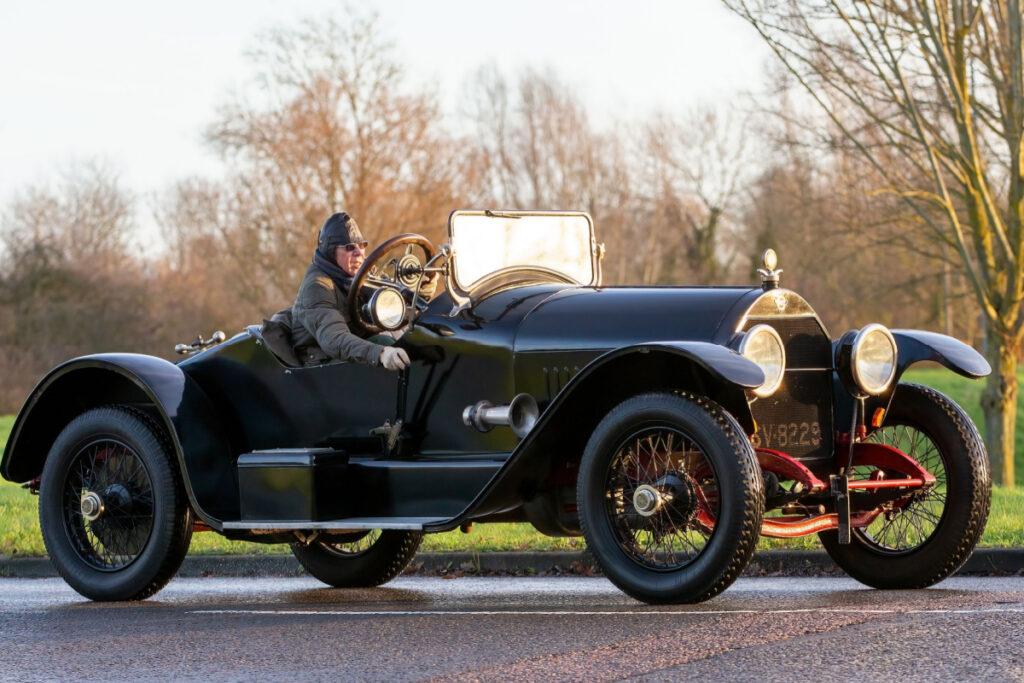
The Bearcat, an early sports car, was an icon of the Roaring Twenties. It featured a powerful 360 cubic inch (5.9-liter) four-cylinder engine that produced 60 horsepower. The Bearcat offered an exceptional driving experience, characterized by its high speed and handling performance.
1915 Chevrolet Baby Grand
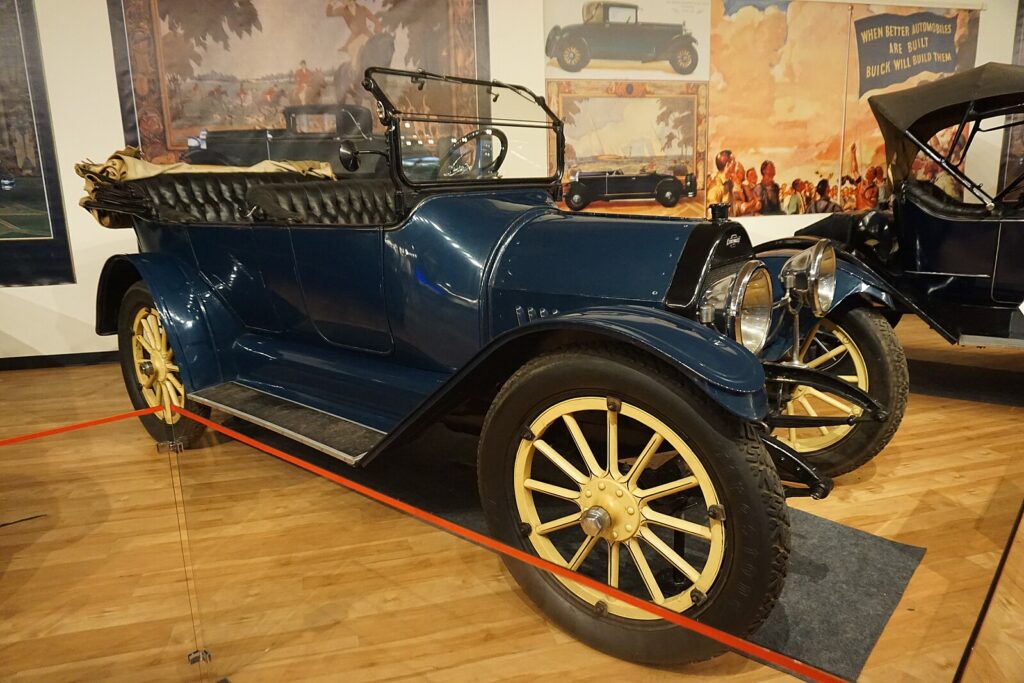
The Chevrolet Baby Grand was an important model that helped establish Chevrolet’s reputation for producing reliable, affordable, and comfortable cars. Featuring a 24-horsepower four-cylinder engine and a three-speed transmission, it offered a balance of performance and luxury, contributing significantly to Chevrolet’s early success.
1917 Ford Model TT
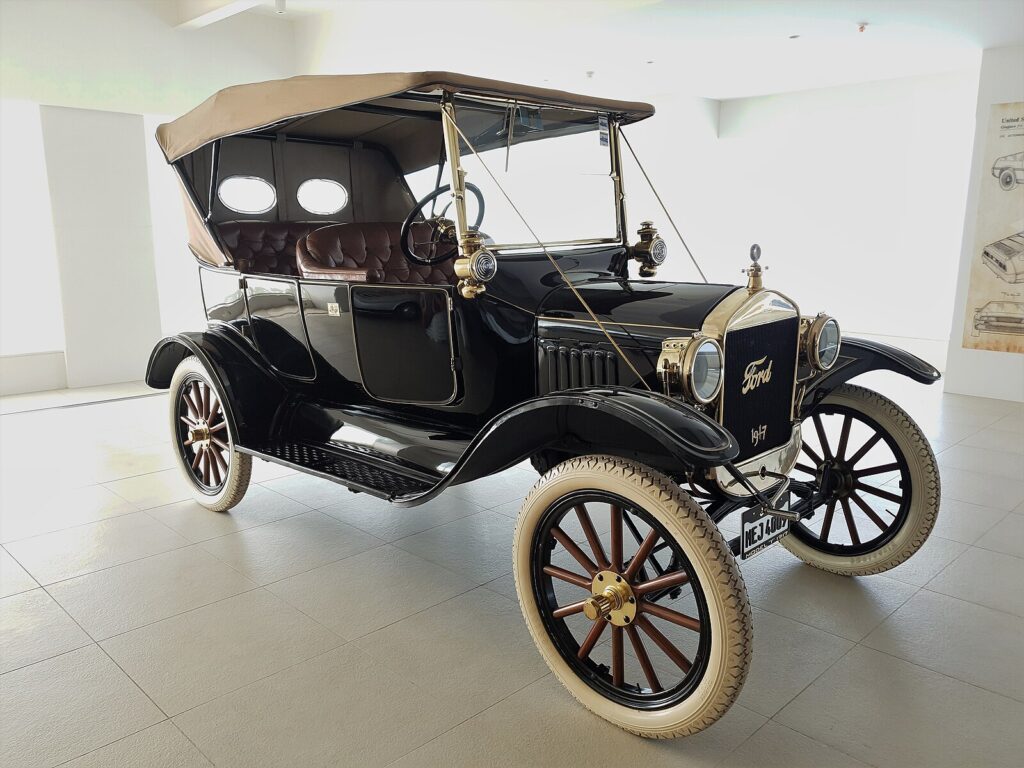
The Ford Model TT was Ford’s first venture into the truck market, built on the success of the Model T. With a heavier frame and rear axle, it could carry larger loads, catering to the growing demand for commercial vehicles. Its affordability and versatility made it popular among businesses, paving the way for the future of Ford’s truck lineup.
1914 Studebaker Electric
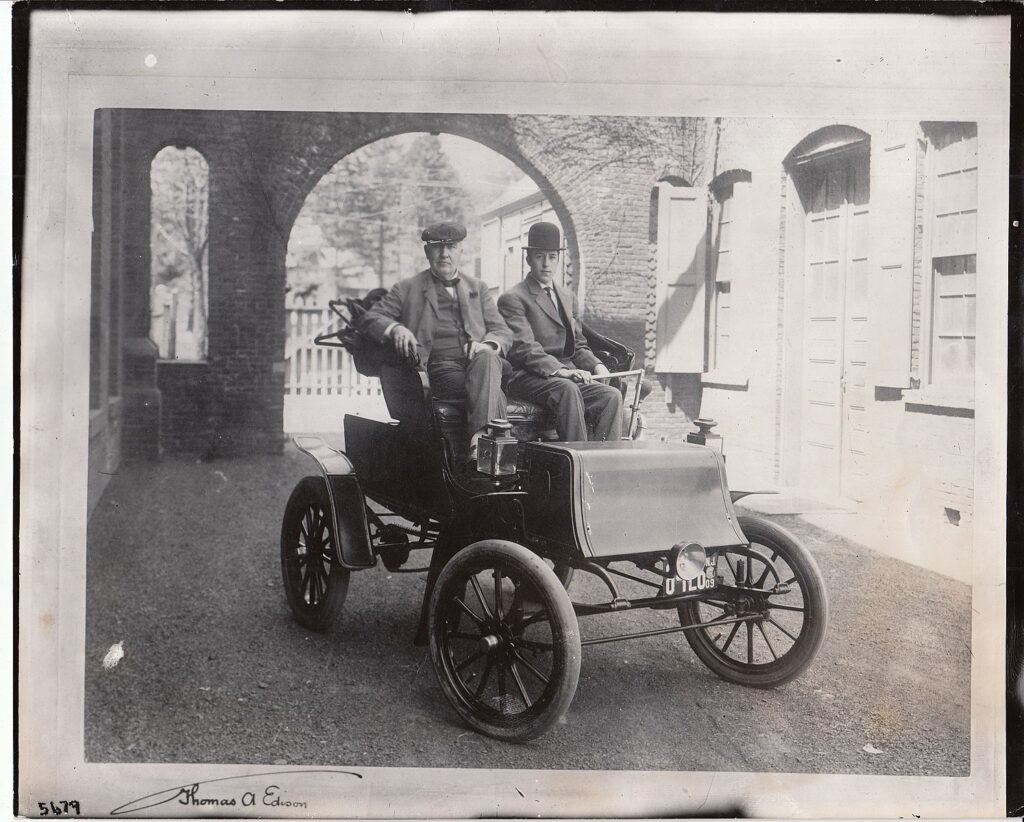
As one of the earliest electric vehicles, the Studebaker Electric was ahead of its time, offering a clean, quiet, and easy-to-operate alternative to gasoline cars. Despite limited range and speed, it was popular among urban drivers, highlighting the early potential of electric mobility.
1911 Fiat S76 Record
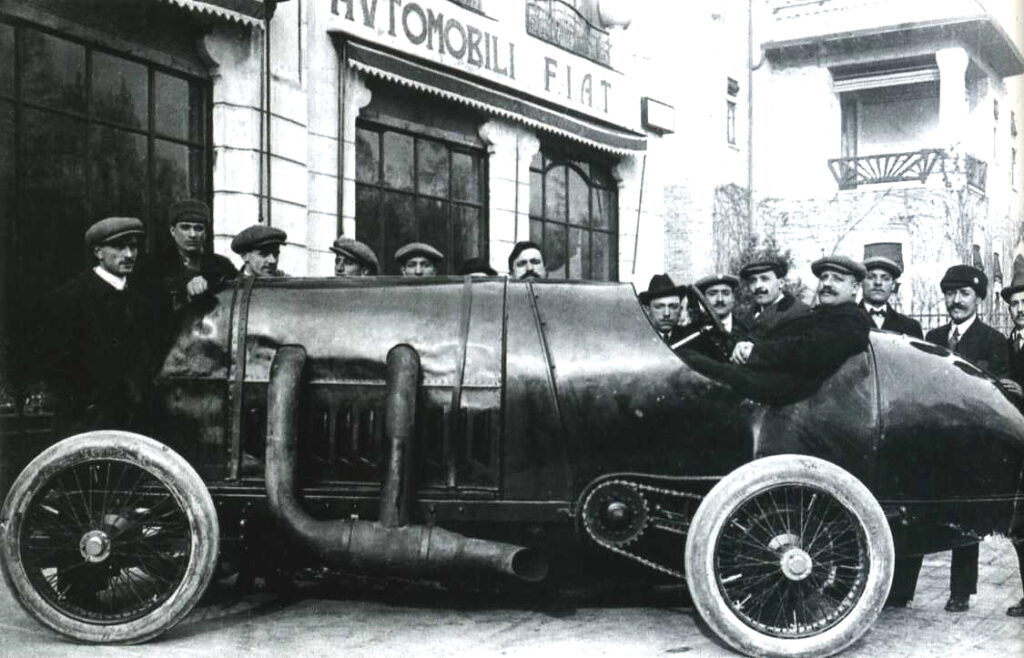
Known as the “Beast of Turin,” the Fiat S76 Record was built with one goal: to claim the land speed record. With a massive 28.5-liter four-cylinder engine producing around 300 horsepower, it was one of the most powerful cars of its time and a significant achievement in early automotive engineering.
1910 Alfa 24 HP
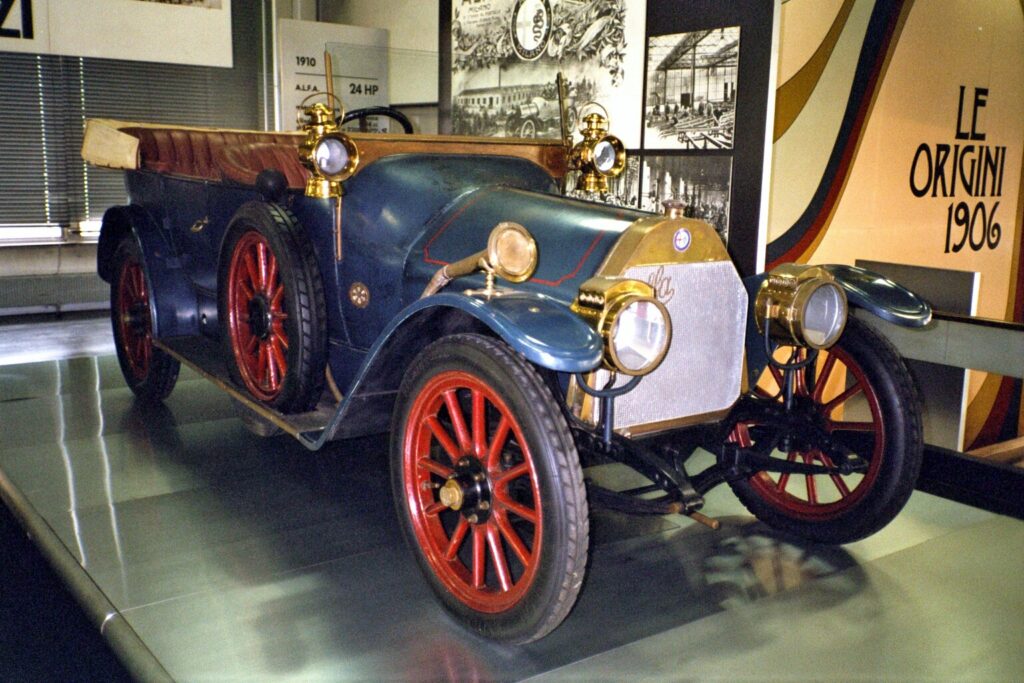
The Alfa 24 HP was the first model produced by Alfa Romeo, marking the beginning of the brand’s storied history in performance and luxury automobiles. With its advanced engineering and design, it laid the foundation for Alfa Romeo’s future success.
1918 Cadillac Type 57
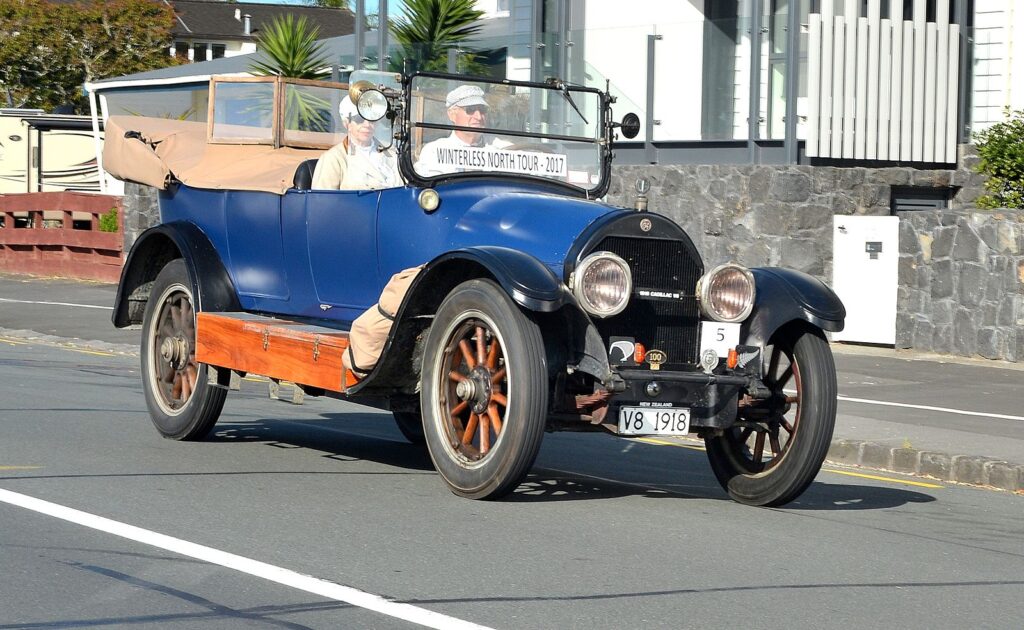
The Cadillac Type 57 was notable for its V8 engine, which set a new standard for power and smoothness. It helped Cadillac earn the reputation of being the standard of the world in automotive luxury and innovation.
1910 Mercer Raceabout Series 30
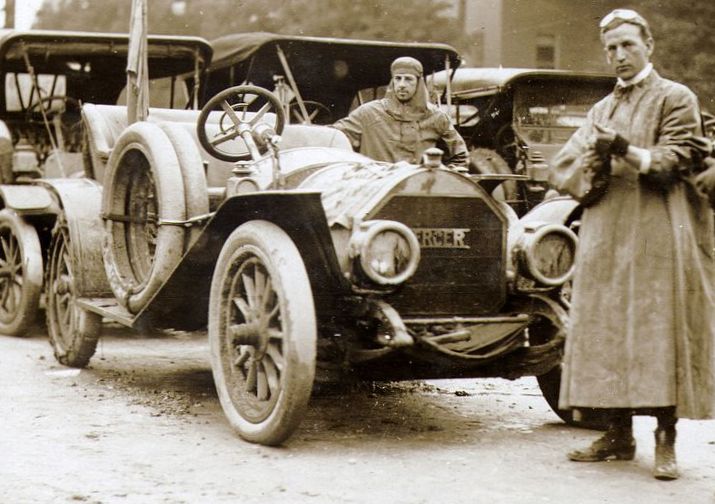
The Mercer Raceabout Series 30 was an American sports car that combined high performance with durability. Known for its success in early American road racing, it was powered by a four-cylinder engine and became an icon of the era for its competitive spirit and design.
1915 Detroit Electric Model 60 Brougham
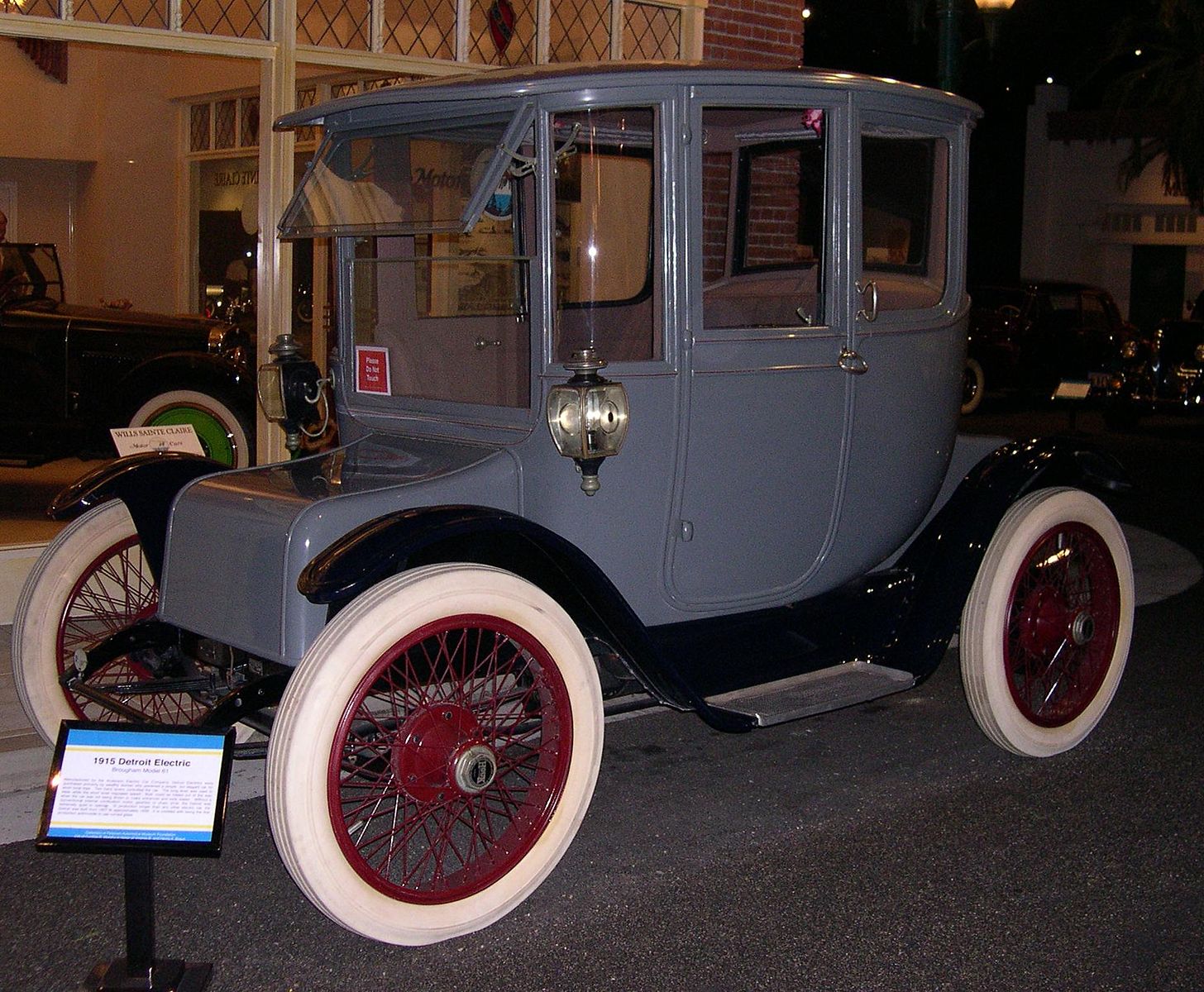
The Detroit Electric Model 60 Brougham was one of the most popular electric cars of the era, known for its reliability and ease of use. With a range of up to 80 miles per charge, it appealed to a niche market that valued quiet and clean urban transportation.
1916 Duesenberg Model A
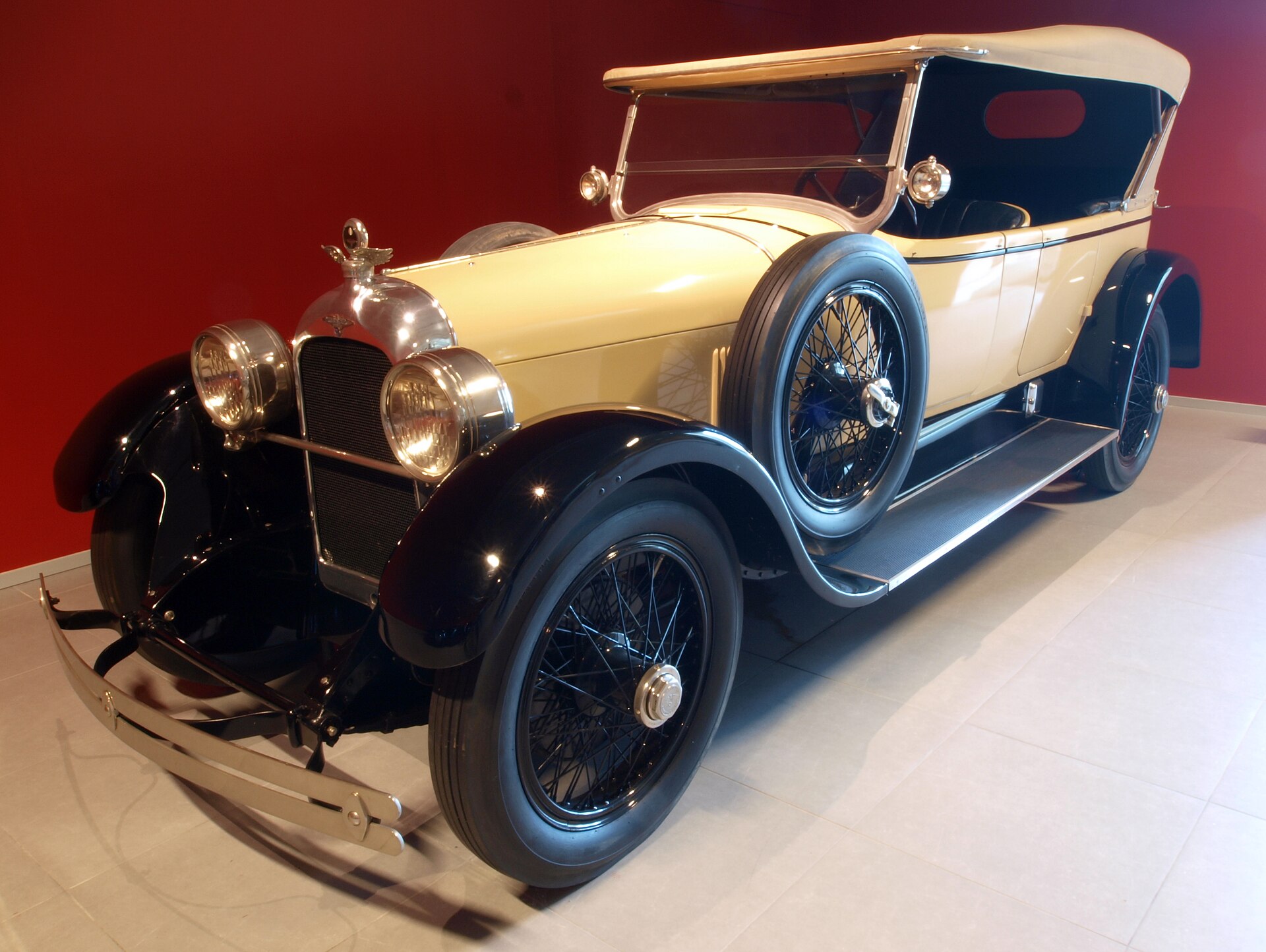
The Model A was Duesenberg’s first production car and set the stage for the brand’s reputation for luxury and performance. With a straight-eight engine and innovative features like hydraulic brakes, it was a significant step forward in automotive technology. Note that the image shown is a 1923 Duesenberg Model A.
1919 Pierce-Arrow Model 48 B
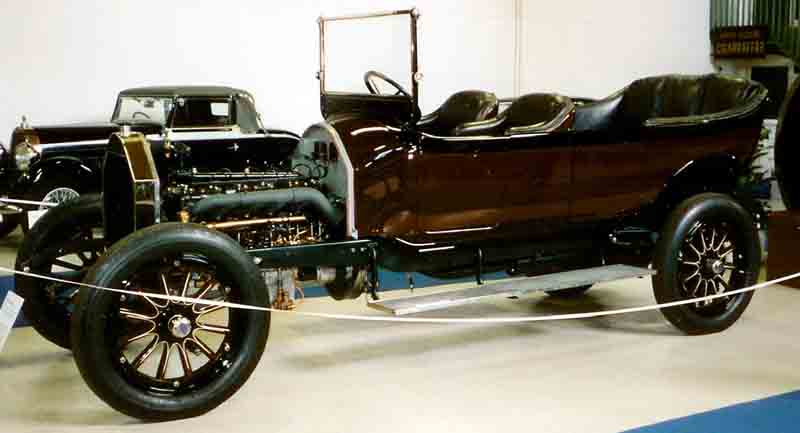
The Pierce-Arrow Model 48 B was a luxury car known for its quality craftsmanship and powerful six-cylinder engine. As one of the most prestigious American cars of the era, it was favored by wealthy clients for its comfort and reliability.
1914 Peugeot L45 Grand Prix
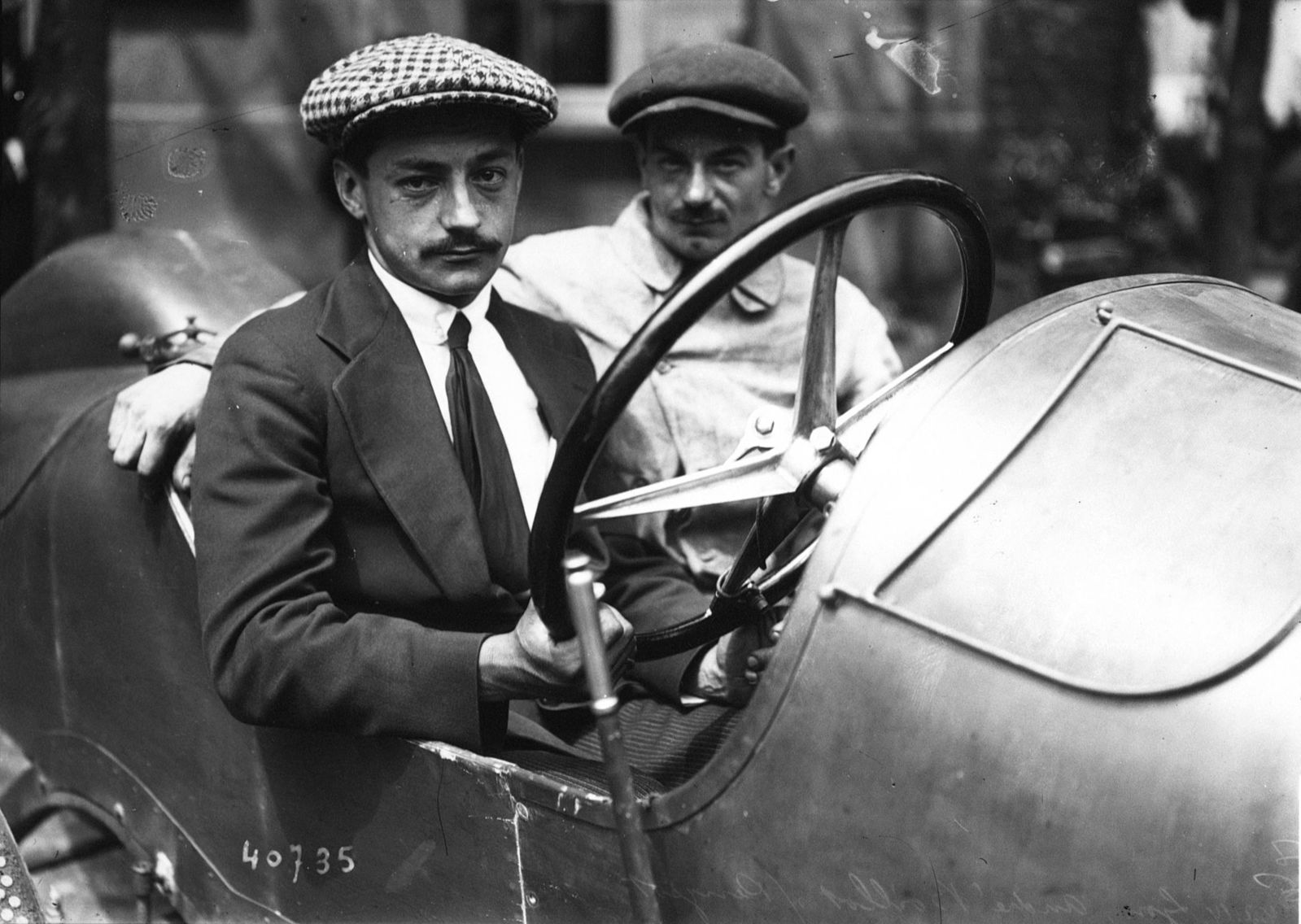
The 1914 Peugeot L45 Grand Prix car was a significant vehicle in the early days of automotive racing, marking a pivotal moment in the history of motorsports. It featured a revolutionary 4.5-liter four-cylinder engine with dual overhead camshafts (DOHC) and four valves per cylinder, a layout that was ahead of its time and would become standard in high-performance engines. The Peugeot L45’s contributions to automotive design and its racing pedigree made it one of the most iconic cars of the 1910s, influencing future generations of racing vehicles.
This article originally appeared on MyCarMakesNoise.
More from MyCarMakesNoise
20 Cars That Have Faded from Everyday Roads

These cars, once common on American and European roads, now rest in museums as symbols of past technological progress. Read More.
The Most Fuel-Efficient Motorcycles Revealed

Enter the realm of fuel-efficient motorcycles, a blend of innovation, performance, and economy that answers the daily commute dilemma. Read More.
Uncovering the MostUnnecessary Car Features

In the race to outdo competitors and captivate consumers, automakers often fill their vehicles with an array of features, promising cutting-edge technology and unparalleled comfort. But is more always better? Read More.

